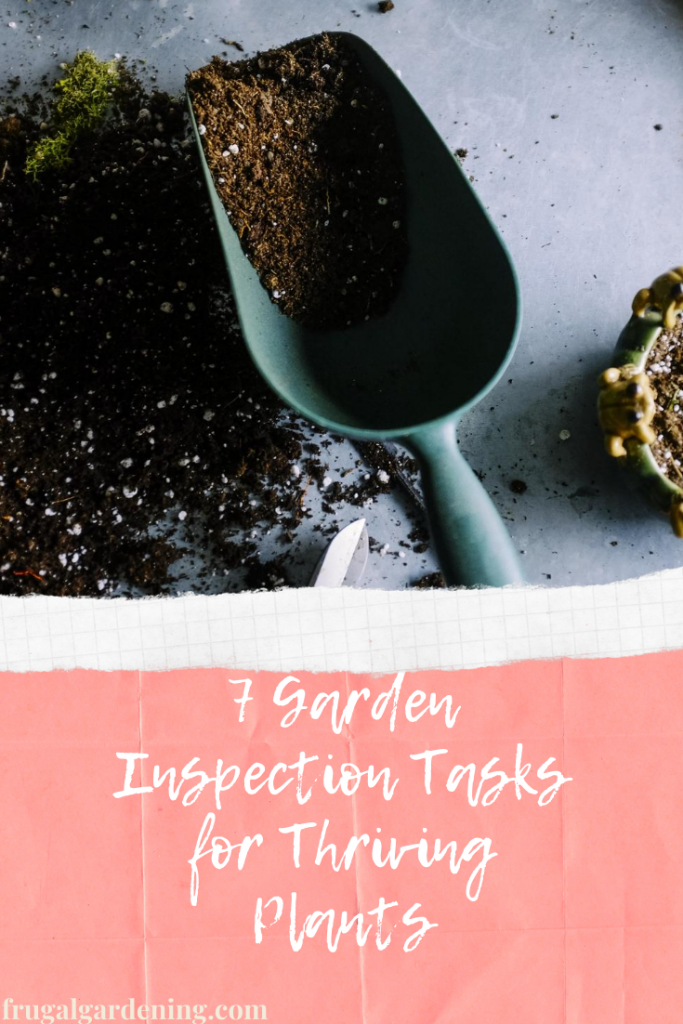
Why do I bother walking through my garden multiple times a day? Let’s talk about my top garden inspection tasks.
We’re in the midst of a heatwave in my neck of the woods and the garden is loving it. The heat-sensitive plants have all bolted and been pulled in favor of heat-loving edibles. I make it a point to visit the garden at least twice every day—even when it’s sweltering hot outside. I swear I was sweating just standing there while watering this morning!
No matter how hot it is, though, I make sure to get out there as much as possible.
Most important garden inspection tasks
At some point, the garden goes into autopilot mode. All that you have to do is make sure your plot gets enough water. In my region, Mother Nature helps with that quite a bit. For those with irrigation systems set up, watering is another task that’s on auto.
But even if your garden is doing a-okay, you still need to check on it from time to time. Regular visits are essential for a thriving garden.
And when I talk about checking on your garden, I don’t mean a quick pop-by. When I head outside to talk to my plants, I’m there for at least 10-15 minutes. My garden checks consist of thorough visual inspections.
Here are the garden inspection tasks I think are most important:
Plant stress: Are any of my plants showing signs of stress? Are they wilting? It may mean they need more water.
Signs of disease: Are leaves browning or are my plants looking sickly? The plant might have a disease. If there’s any sort of visual anomaly, I also check for signs of pest activity.
Signs of pest activity: Some pests (like striped potato beetles) are easy to spot. Their orange carapaces and eggs are easy to find among lush green foliage. Some pest eggs are hidden on the underside of leaves, so don’t forget to check there. Check closely for pests even if there’s no visible plant damage. Squish and remove eggs before the bugs ever have a chance to do any damage.
Water pooling: Is there an area of your garden where water tends to pool? You might need to reconsider planting in that area since most plants don’t do well in waterlogged soil.
Tall plants: It’s incredible how quickly plants grow at the height of the summer. I swear my tomatoes shot up several inches overnight. Tall, quick-growing plants like peppers, beans, and tomatoes need support. Upon inspection, pluck suckers from tomatoes and make sure to provide your scraggly plants with support structures like cages or bamboo poles.
Bolting: It’s an unfortunate side effect of summer heat and plants require your immediate attention. Once you spot bolting, it’s possible to save nearby plants that have yet to send up flower stalks by providing extra shade and mulching to cool the soil’s surface. If you notice everything has already bolted, the sooner you pull everything, the sooner you can plant something new in the same spot.
Things that are ready to harvest: The more often I check on my garden, the sooner I’ll notice things that are ready for harvest, which helps to cut down on garden waste.

Steph Coelho is a freelance writer gardening in zone 5b. She is a certified Square Foot Gardener and has taught various garden-related workshops. When she’s not digging in the dirt or writing, she’s cooking up fresh produce, running, or listening to her favorite podcasts.
Leave a Reply